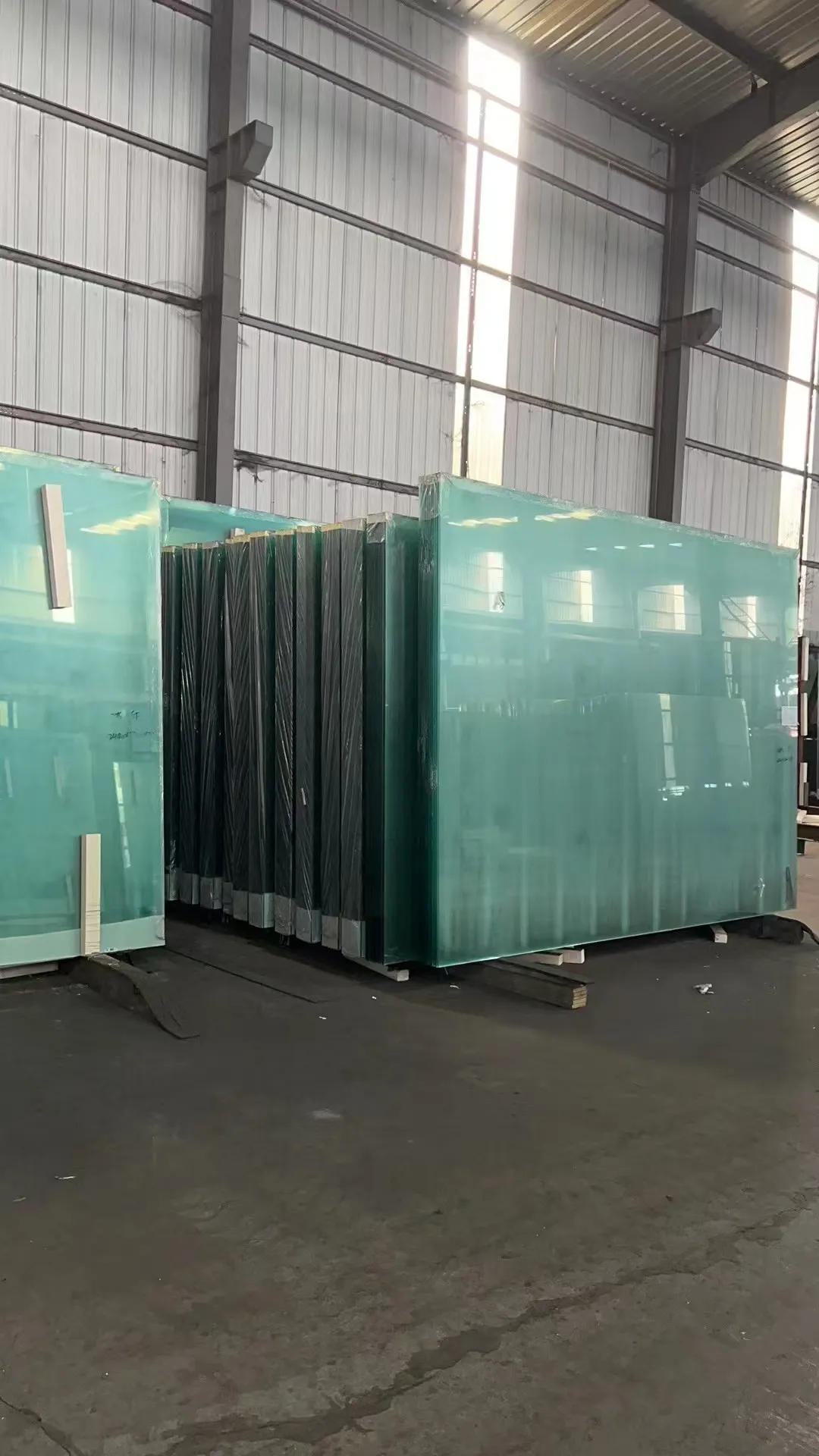Floating glass manufacturing is a significant component of the global glass industry, and establishing a new plant involves considerable investment. Understanding the costs involved is crucial for investors and stakeholders who seek profitable ventures in this domain.

Floating glass, known for its high-quality, smooth surface and optical clarity, is produced using the float process, which involves floating molten glass on a bed of molten tin. This method is not only capital-intensive but also requires a deep understanding of technological, environmental, and economic factors.
Capital Investment
The cost of setting up a float glass manufacturing plant can range from tens to hundreds of millions of dollars. This variance depends on factors such as plant capacity, location, technology adoption, and raw material sourcing. Large-scale plants, which can produce significant volumes of glass per day, evidently require higher investment. A critical initial cost component is the acquisition of land, with its price influenced by proximity to raw material sources and markets.

Infrastructure and Equipment
The establishment of a float glass plant necessitates considerable spending on infrastructure, including the construction of the production facility and installation of essential utilities like power and water supply. Additionally, state-of-the-art manufacturing machinery is a significant expense. This includes the glass melting furnace, annealing lehr, and cutting and handling equipment. Technological upgrades to these systems can increase efficiency but also raise initial costs.
Operational Costs
Operational costs are another crucial consideration, encompassing raw material acquisition, labor, energy consumption, and maintenance. Silica sand, soda ash, and limestone are primary raw materials, and their prices can fluctuate based on market conditions. Energy constitutes a substantial part of operational expenses, as the float glass process is energy-intensive. Thus, securing cost-effective and reliable energy sources is vital for maintaining profitability.
float glass manufacturing plant cost
Environmental and Regulatory Compliance
The float glass industry is subject to strict environmental regulations due to its potential impact on air and water quality. Compliance with these regulations may entail additional costs for implementing eco-friendly technologies or pollution control measures. Failure to adhere to regulatory standards can lead to hefty fines and operational shutdowns, underscoring the need for a strategic approach to environmental management.
Market Considerations
Understanding market dynamics is essential for the successful operation of a float glass plant. Factors such as regional demand, competition, and price trends greatly influence potential returns on investment. Establishing strategic partnerships with construction companies, automotive manufacturers, and other industries reliant on glass products can ensure sustained demand and market access. Additionally, innovation in product types, such as energy-efficient glass or smart glass, can offer competitive advantages.
Financial Planning and Risk Management
Effective financial planning and risk management strategies are imperative. Investors must consider potential risks such as fluctuating raw material costs, shifts in consumer demand, and technological obsolescence. Viability assessments, thorough market analysis, and scenario planning are essential components of a robust investment strategy, mitigating unforeseen challenges.
Setting up a float glass manufacturing plant is a multifaceted endeavor requiring careful planning, rigorous feasibility studies, and strategic execution. While the initial investment may be substantial, the potential for high returns exists if the facility is managed efficiently and innovatively, taking into account both current market demands and evolving industry trends.
 Afrikaans
Afrikaans  Albanian
Albanian  Amharic
Amharic  Arabic
Arabic  Armenian
Armenian  Azerbaijani
Azerbaijani  Basque
Basque  Belarusian
Belarusian  Bengali
Bengali  Bosnian
Bosnian  Bulgarian
Bulgarian  Catalan
Catalan  Cebuano
Cebuano  Corsican
Corsican  Croatian
Croatian  Czech
Czech  Danish
Danish  Dutch
Dutch  English
English  Esperanto
Esperanto  Estonian
Estonian  Finnish
Finnish  French
French  Frisian
Frisian  Galician
Galician  Georgian
Georgian  German
German  Greek
Greek  Gujarati
Gujarati  Haitian Creole
Haitian Creole  hausa
hausa  hawaiian
hawaiian  Hebrew
Hebrew  Hindi
Hindi  Miao
Miao  Hungarian
Hungarian  Icelandic
Icelandic  igbo
igbo  Indonesian
Indonesian  irish
irish  Italian
Italian  Japanese
Japanese  Javanese
Javanese  Kannada
Kannada  kazakh
kazakh  Khmer
Khmer  Rwandese
Rwandese  Korean
Korean  Kurdish
Kurdish  Kyrgyz
Kyrgyz  Lao
Lao  Latin
Latin  Latvian
Latvian  Lithuanian
Lithuanian  Luxembourgish
Luxembourgish  Macedonian
Macedonian  Malgashi
Malgashi  Malay
Malay  Malayalam
Malayalam  Maltese
Maltese  Maori
Maori  Marathi
Marathi  Mongolian
Mongolian  Myanmar
Myanmar  Nepali
Nepali  Norwegian
Norwegian  Norwegian
Norwegian  Occitan
Occitan  Pashto
Pashto  Persian
Persian  Polish
Polish  Portuguese
Portuguese  Punjabi
Punjabi  Romanian
Romanian  Russian
Russian  Samoan
Samoan  Scottish Gaelic
Scottish Gaelic  Serbian
Serbian  Sesotho
Sesotho  Shona
Shona  Sindhi
Sindhi  Sinhala
Sinhala  Slovak
Slovak  Slovenian
Slovenian  Somali
Somali  Spanish
Spanish  Sundanese
Sundanese  Swahili
Swahili  Swedish
Swedish  Tagalog
Tagalog  Tajik
Tajik  Tamil
Tamil  Tatar
Tatar  Telugu
Telugu  Thai
Thai  Turkish
Turkish  Turkmen
Turkmen  Ukrainian
Ukrainian  Urdu
Urdu  Uighur
Uighur  Uzbek
Uzbek  Vietnamese
Vietnamese  Welsh
Welsh  Bantu
Bantu  Yiddish
Yiddish  Yoruba
Yoruba  Zulu
Zulu 


